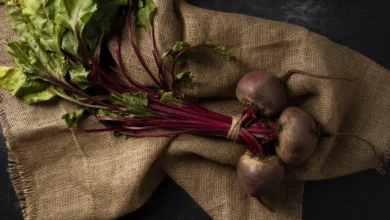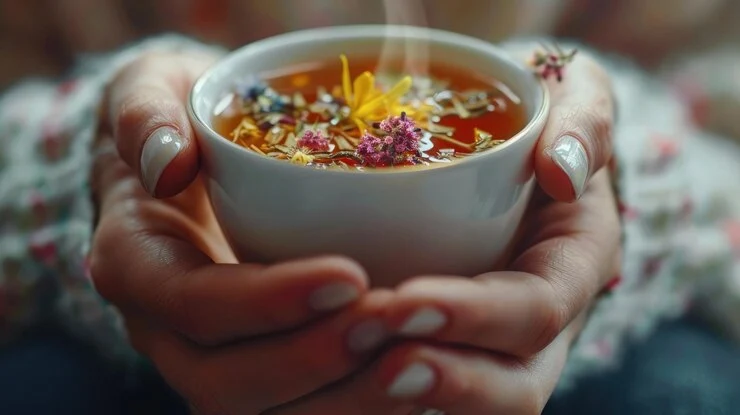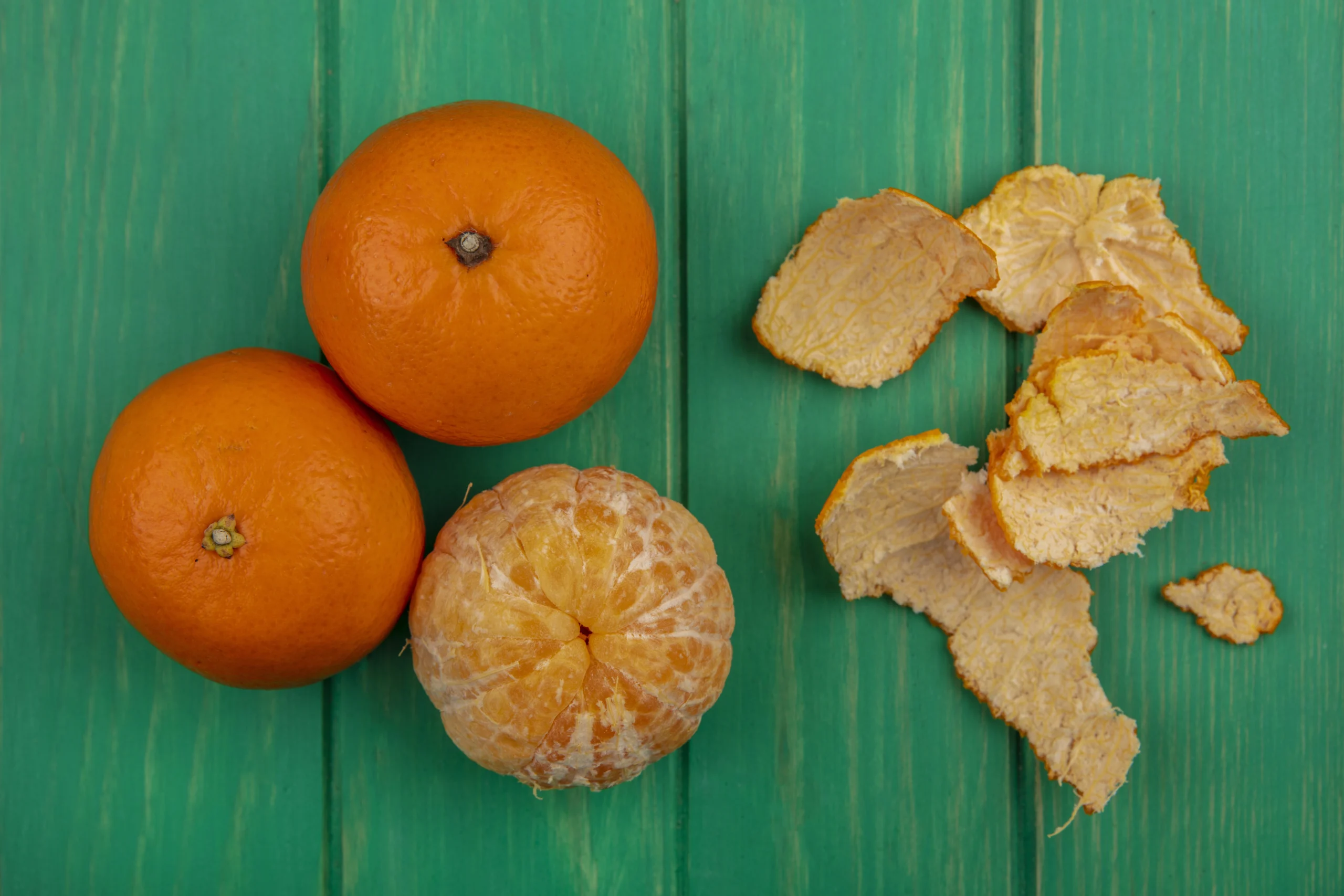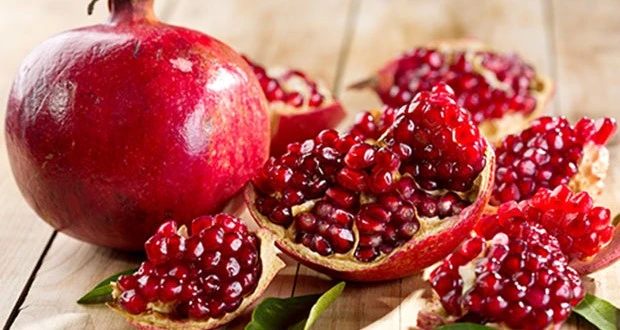Home Remedies for Cramps: Simple Tricks That Might Help
Cramps can catch you off guard and bring your day to a halt. Whether it’s menstrual cramps, muscle cramps after exercise, or abdominal discomfort, the pain can be intense and frustrating. While medication is one option, many people find relief using simple remedies right at home. Below are effective and natural ways to ease cramps without leaving the house.
Apply Heat to the Area
Using warmth is one of the most common and effective home remedies for cramps. Heat helps relax tense muscles, improve blood flow, and reduce pain. You can apply heat in several ways:
Use a hot water bottle on your lower abdomen or the muscle that’s cramping
Soak a towel in warm water and place it over the area
Take a warm bath for full-body relief
Try to apply heat for about 15 to 20 minutes at a time. It’s especially helpful for menstrual cramps or muscle tightness in the legs or back.
Stay Hydrated Throughout the Day
Dehydration is a hidden cause of muscle cramps, especially after exercise or on hot days. When your body lacks enough fluids, your muscles may contract involuntarily. Drinking enough water is a simple but powerful way to prevent or ease cramping.
Try sipping water slowly, especially if the cramp came on suddenly. If you’re sweating a lot, consider adding an electrolyte-rich drink to replenish lost minerals.
Sip Herbal Teas with Soothing Effects
Certain herbal teas have natural antispasmodic and anti-inflammatory properties that help ease cramps, especially in the stomach or during menstruation. Good options include:
Chamomile tea, known for relaxing the uterus and reducing pain
Ginger tea, which reduces inflammation and nausea
Peppermint tea, which helps relax the digestive muscles
Drink the tea warm and give yourself a few minutes to relax as you sip it.
Try Light Stretching or Gentle Movement
If you’re dealing with a muscle cramp in your leg, calf, or foot, light stretching can help release the contraction. Hold a gentle stretch for 20 to 30 seconds and breathe deeply. For menstrual cramps, simple yoga poses can offer relief:
Child’s Pose helps stretch the lower back and belly
Supine Twist eases tension in the abdomen
Knees-to-Chest pose gently massages the internal organs
Don’t push your body too hard. The goal is to reduce tension, not create more.
Eat Magnesium-Rich Foods
Magnesium plays a key role in muscle function and nerve transmission. A lack of magnesium may contribute to frequent cramps. You can boost your intake with foods like:
Bananas
Dark leafy greens
Pumpkin seeds
Avocados
Almonds
Even a small snack that includes magnesium can support your body during or after a cramp.
Massage the Area with Oil
Massaging the cramped muscle helps stimulate blood flow and relax tight tissues. If the cramp is in your leg or back, try rubbing the area gently using circular motions. To enhance the effect, use natural oils like coconut or almond oil. Adding a drop of lavender or peppermint essential oil can provide a cooling or calming effect.
Use Apple Cider Vinegar
Some people swear by apple cider vinegar for preventing cramps, especially in the legs. It contains potassium, which can help muscle function. Mix one tablespoon of apple cider vinegar with warm water and a teaspoon of honey. Drink slowly. This remedy may also help if your cramps are related to digestion.
Focus on Potassium and Calcium
Low levels of potassium and calcium can contribute to muscle spasms and cramps. Add potassium-rich foods like sweet potatoes, tomatoes, and oranges to your meals. Dairy products or plant-based sources like tofu and fortified plant milks can increase calcium levels naturally.
Rest and Breathe Deeply
When a cramp hits, your first instinct might be to move or tense up, but staying still and breathing deeply can help you ride out the pain more calmly. Find a quiet space, lay down if you can, and breathe slowly. Focused breathing helps your body relax and may reduce the intensity of the cramp.
Avoid Triggers When Possible
Certain habits or conditions may make cramps more likely. Try to identify any patterns in your lifestyle that might contribute to the problem. For example:
Caffeine and sugar can worsen menstrual cramps
Poor posture can lead to back or abdominal cramps
Skipping warm-ups before exercise increases the risk of muscle cramps
Making small adjustments can reduce how often you deal with this type of discomfort.
When to See a Doctor
While home remedies can be very helpful, some cramps are signs of something more serious. You should consult a healthcare provider if:
Cramps are happening very frequently
Pain is severe and doesn’t go away with simple remedies
You have other symptoms like fever, swelling, or numbness
Knowing when to seek help is part of taking good care of yourself.
Home remedies can be a gentle, effective way to reduce discomfort and feel better fast. Whether it’s applying heat, staying hydrated, or stretching your muscles, small actions can lead to big relief. Try a few of these methods the next time cramps hit and give your body the care it deserves.

Hello! My name is Alan Teixeira and I am passionate about helping people live healthier, more balanced lives. From mindful eating to daily habits that promote physical and mental well-being, I believe that small, consistent changes can lead to powerful transformations.
I created this blog to share practical tips, reliable information, and thoughtful insights that can inspire you to take better care of yourself—with balance, mindfulness, and positivity.
If you are looking to improve your health, nourish your body, and build a lighter, more fulfilling routine, you are in the right place. Welcome!





